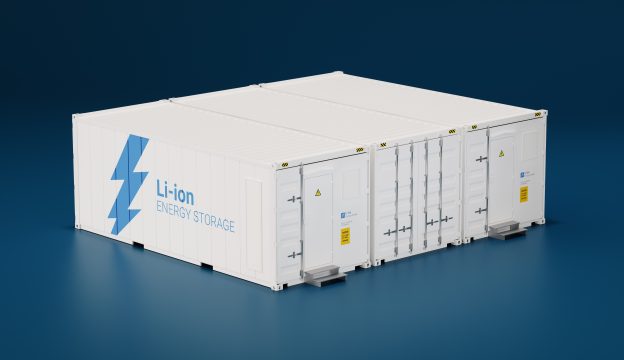Recently, there has been an obvious shortage of power supply in Taiwan Province. The backup capacity has dropped below 5%, which is already an orange light of the risk of power curtailment and is very close to a red light. An unnamed frontline power worker revealed that the data on Taiwan Province’s power website is modified so that the value appears to be 5%, but the actual situation is often worse.
Since Taiwan Province announced in 2016 that it will take "reducing coal, increasing gas, developing green, and going non-nuclear" as its energy transformation direction, it has begun striving to achieve a goal of "gas 50%, coal 27%, renewable energy 20%, nuclear power 1%, and nuclear power 1%" by 2025. Other 2%” power generation structure. However, statistics show that as of 2020, natural gas accounted for 40.8% of Taiwan Province's power generation, coal-fired power accounted for 36.4%, nuclear power accounted for 12.7%, and renewable energy accounted for only 5.8%.
Taiwan Province's handling of the power crisis is even more difficult, and the No. 4, 5 and 6 units of the Mingtan pumped storage power plant, which is responsible for energy storage, happened to fail, making the burden on other power plants even heavier. Kaohsiung's Xingda Power Plant, Nanfang Power Plant, and private power plants are all on the battlefield, and the unit power is more than 100%. The Shimen Reservoir, which has only 24% of the water storage, is also "fully hydraulical" to support the power supply, and the power generation capacity has reached 96%.
Since August 15, 2017, May 13, 2021, May 17, 2021, March 3, 2022, and March 3, 2023, frequent power crises have not only brought serious consequences to the lives of residents This caused great inconvenience and exposed Taiwan Province’s serious shortcomings in energy management and infrastructure construction.
To solve the current dilemma, Taiwan Province has begun to deploy energy storage products to smooth and assist the adverse effects caused by various types of power fluctuations. It is reported that Taiwan Province's current energy policy goal is to achieve 20% of renewable energy power generation in 2025. By then, renewable energy power generation will reach 27G. According to the needs of power plants, a 10% reserve capacity standard will be set. When renewable energy reaches 27G, storage capacity will be required. The performance system should also be equipped with supporting capabilities up to 2.7G.
However, as of 2023, only 150MW of battery energy storage systems will be built in Taiwan Province, and although it has successfully prevented a 600 MW power outage accident and effectively ensured the daily electricity safety of residents, it is still insufficient to cope with the power supply after earthquakes, typhoons, and other natural disasters.
In this regard, some experts said that Taiwan Province's energy storage development is still limited to the basic service stage of providing frequency regulation for the power grid and lacks a diversified model and overall market for long-term returns. Therefore, the advancement speed is still slow. However, in the face of the superposition of unstable renewable energy and frequent natural disasters, the long-term pain of Taiwan Province's power system failure is still inevitable at this stage.







